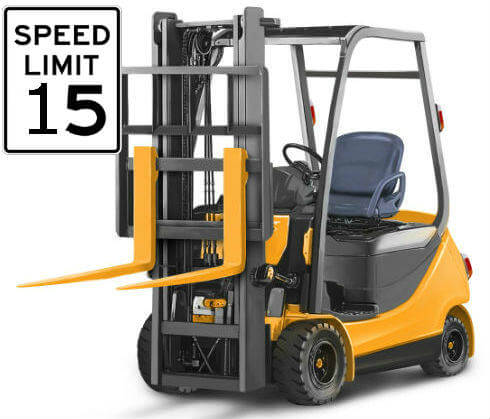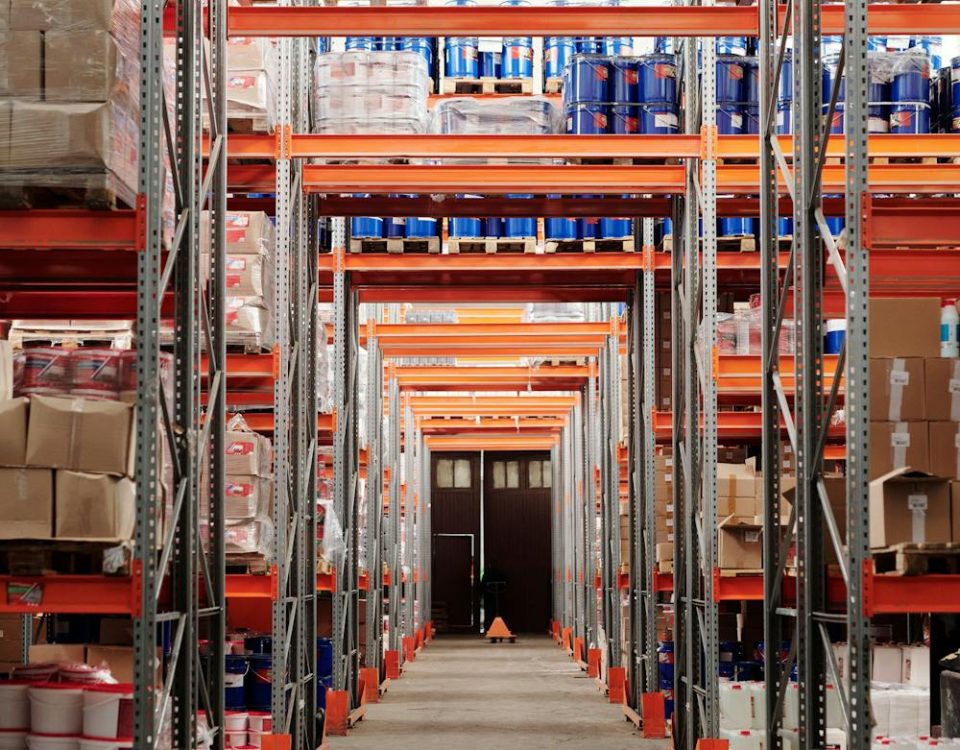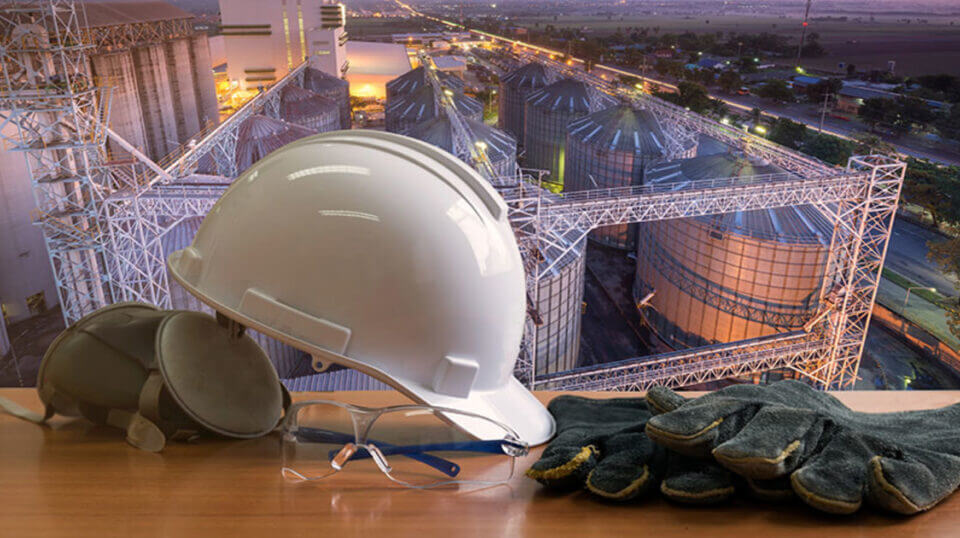
Mastering Lockout/Tagout: Strengthening Safety in Industrial Workplaces
July 18, 2022
Proactive Safety Strategies: Strengthening Workplace Protection in Industrial Settings
July 18, 2022
Mastering Lockout/Tagout: Strengthening Safety in Industrial Workplaces
July 18, 2022
Proactive Safety Strategies: Strengthening Workplace Protection in Industrial Settings
July 18, 2022Operating forklifts in industrial settings comes with inherent risks. Without proper speed and braking control, both operators and pedestrians face serious hazards. To minimize accidents and promote a culture of safety, companies must focus on training, speed management, and effective braking strategies.
Understanding Forklift Performance and Limitations
A significant number of forklift accidents stem from operators misjudging their equipment’s capabilities. Comprehensive training is essential to ensure they understand:
- Worksite-Specific Speed Limits – Adjust speed based on factors like load type, surface conditions, and pedestrian traffic.
- Stability Risks – Recognize how excessive speed or uneven loads can cause tipping.
- Environmental Impact – Account for surface conditions, weather, and obstacles that affect handling.

Strategies for Safer Speed Management
Implementing a structured speed control system can significantly reduce workplace accidents. Key measures include:
- Setting Realistic Speed Limits – Customize limits based on risk assessments of specific zones.
- Using Speed Limiting Devices – Equip forklifts with technology that caps maximum speeds.
- Installing Clear Signage – Place visible reminders in high-risk areas.
- Defining Speed Zones – Reduce speeds in areas with high pedestrian traffic or limited visibility.
Enhancing Braking Safety
Braking control is just as crucial as speed management. Operators must be trained on:
- Stopping Distances – Understand how different speeds affect braking time.
- Load Impact on Braking – Adjust braking techniques based on load weight and distribution.
- Routine Equipment Checks – Inspect brakes, tires, and hydraulic systems to ensure reliability.
- Environmental Adjustments – Modify braking techniques for slopes, wet surfaces, or slippery conditions.
Building a Culture of Continuous Safety Improvement
A long-term commitment to safety requires ongoing training, equipment maintenance, and strict adherence to best practices. Industrial sites should:
- Invest in Regular Training – Keep employees updated on the latest safety protocols.
- Prioritize Preventative Maintenance – Ensure forklifts remain in peak condition.
- Enforce Safety Standards – Implement and uphold strict compliance policies.
Partner with EZSecur for Smarter Safety Solutions
EZSecur offers industry-leading safety products to enhance workplace security and compliance. Visit www.ezsecur.com to explore customized solutions for your industrial site.
By adopting these best practices, companies can reduce accident risks, safeguard workers, and maintain operational efficiency.





